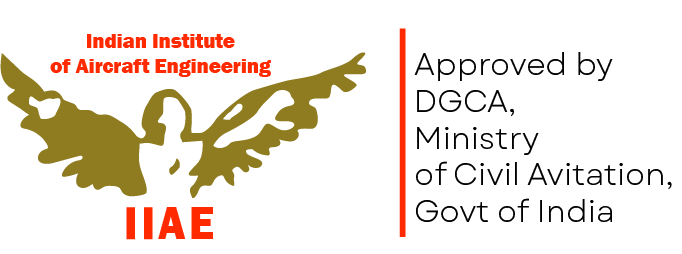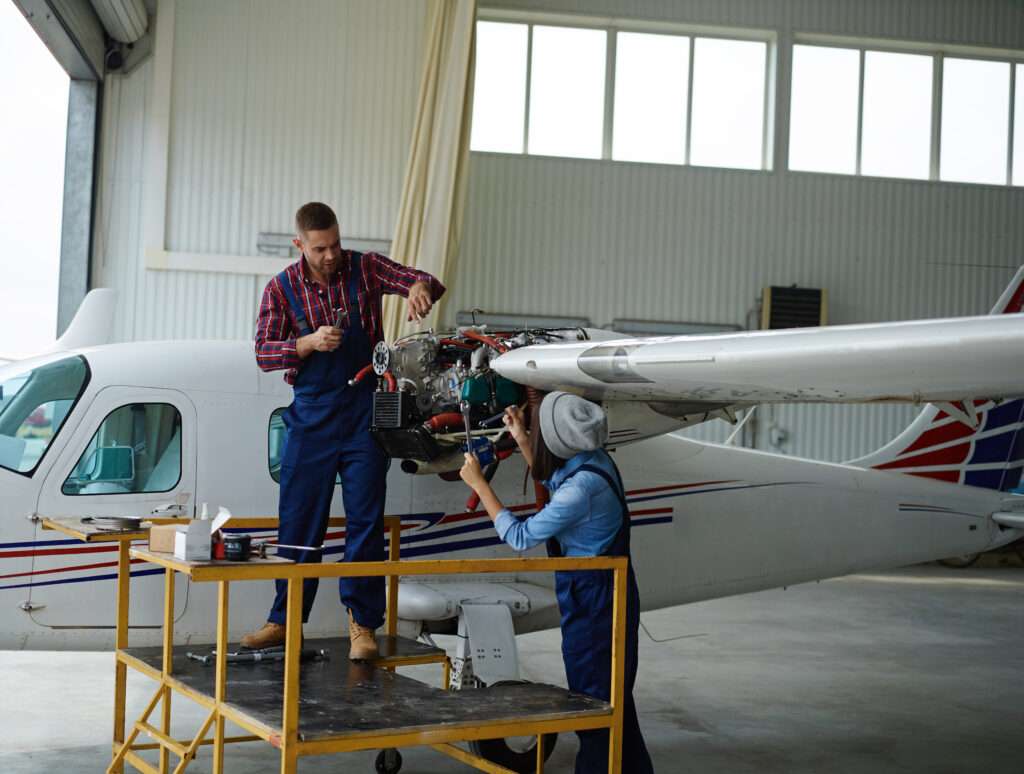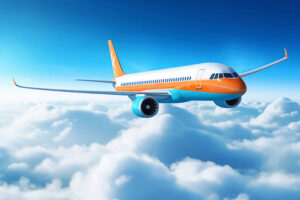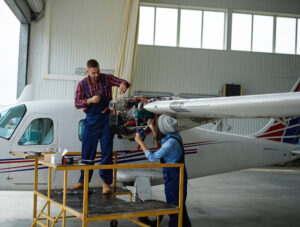A Bachelor of Technology (B. Tech) degree in Aeronautical/Aerospace Engineering or an Aviation Maintenance Engineering (AME) license are frequently the options available to aspiring aviation maintenance workers. Although professions in aviation can be attained through either route, the focus, training, and career results are very different. Making an informed choice requires a complete understanding of these distinctions.
AME: Practical Knowledge
The AME route places a strong emphasis on real-world experience and practical abilities. Approved by regulatory agencies such as the Directorate General of Civil Aviation (DGCA) in India or the Federal Aviation Administration (FAA) in the US, AME programs concentrate on the complexities of aircraft maintenance, repair, and troubleshooting.
Focus: Gaining technical know-how in aircraft maintenance, systems, and compliance with regulations.
Training: Incorporates both classroom education and a great deal of practical training in hangars and workshops, frequently using actual aircraft.
Result leads to an AME license, which enables graduates to carry out maintenance duties and certify aircraft for flight.
Tech: Foundational Theory
A more comprehensive and theoretical grasp of aircraft design, aerodynamics, propulsion, and manufacturing can be obtained through a B. Tech program in Aeronautical/Aerospace Engineering.
Focus: Establishing a solid foundation in engineering concepts and how they relate to the design and operation of aircraft.
Training: focuses on theoretical ideas and analytical abilities through research projects, lab activities, and lectures in the classroom.
Result: Gives graduates the information and abilities they need to pursue a variety of positions in aircraft manufacturing, design, research, and development.
Important distinctions and things to think about:
Theoretical vs. Practical: B.Tech degrees provide more emphasis on theoretical understanding and engineering principles, whereas AME programs promote practical skills and hands-on experience.
Degree vs. Licensing: B.Tech degrees confer an academic degree, whereas AME programs result in the license needed to do aviation repair.
Career Paths: The majority of AMEs’ employment involves certifying aircraft and carrying out repairs as maintenance technicians. Graduates with a B.Tech. can go on to more expansive positions in management, research, production, and design.
Duration: B. Tech degrees need four years of full-time study, whereas AME programs normally take two to three years.
What’s the Best Course for You?
Your own interests and professional goals will determine the best option. If you want to work directly on aircraft maintenance, have good mechanical ability, and prefer hands-on work, choose AME.
Select a B.Tech if you like theoretical ideas and problem-solving, would like a more comprehensive understanding of aviation, and are interested in design, research, or managerial positions.
Closing the Distance: Despite their differences, these routes do not preclude one another. To improve their employment chances, several AMEs continue their study by obtaining a B. Tech degree. On the other hand, with further education and experience, B. Tech graduates can earn an AME license.
Conclusion: The decision between an AME and a B. Tech is based on your personal goals in the aviation sector. AME is perfect for people looking for hands-on roles because it emphasizes practical maintenance skills and licensing. A B. Tech in aeronautical engineering offers a more comprehensive theoretical basis, leading to a variety of career options in design, research, and management. To choose the career path that best fits your aspirations in the ever-changing aviation industry, carefully evaluate your hobbies and long-term objectives.




